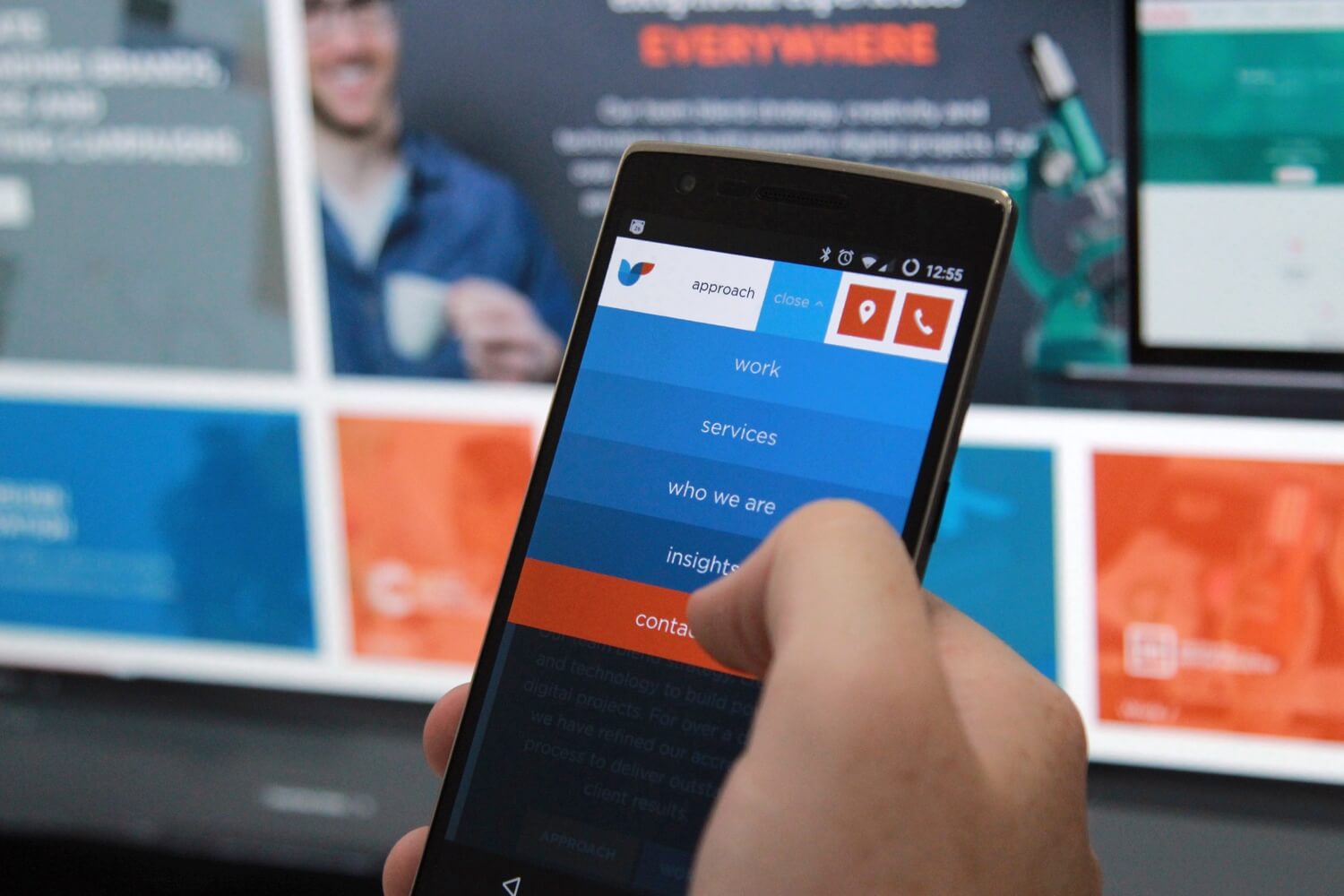
The Ultimate Overview to Mobile Optimization: Methods for Enhancing Website Performance on Smartphones and Tablets
The approaches for boosting website efficiency on mobile systems go past simple adjustment; they include a thorough technique that entails receptive layout, rate optimization, content strategies, and individual experience improvements. By diving right into the ins and outs of mobile optimization, companies can not only fulfill individual assumptions but likewise remain in advance in a competitive digital landscape.
Relevance of Mobile Optimization
Mobile optimization plays a critical function in enhancing user experience and driving conversion prices in the ever-evolving electronic landscape. With the enhancing use smart devices and tablet computers for browsing the internet, ensuring that web sites are maximized for mobile phones has come to be imperative for companies - Mobile Optimization. A mobile-optimized internet site not only adjusts perfectly to various screen sizes yet additionally tons promptly, supplying customers with a smooth and enjoyable browsing experience
In today's fast-paced globe, individuals expect immediate access to info on the move. A web site that is not enhanced for mobile phones risks losing potential customers because of slow filling times or an inadequate interface. By investing in mobile optimization, businesses can deal with the needs of their mobile target market, causing higher engagement and boosted conversions.
Moreover, search engines like Google focus on mobile-friendly sites in their rankings, making mobile optimization necessary for boosting presence and attracting natural website traffic. Mobile Optimization. Generally, the value of mobile optimization can not be overemphasized, as it straight affects customer fulfillment, conversion prices, and general company success in the digital realm
Responsive Layout Strategies
Carrying out responsive design methods makes sure that web sites dynamically change their layout and web content based upon the individual's device screen dimension, providing a consistent user experience throughout numerous platforms. Among one of the most usual approaches made use of in responsive design is developing fluid grids that allow content to resize proportionally to the display dimension. This makes sure that components on the page keep their relative spacing and plan, enhancing the viewing experience for customers on various tools.
In addition, using versatile photos that can scale with the dimension of the viewport assists protect against pictures from being cropped or distorted on smaller screens. CSS media inquiries play an important duty in receptive layout by enabling programmers to apply details designs based upon the gadget attributes such as screen size, height, and alignment. By leveraging media inquiries, websites can adjust their layout and design to fit smartphones, tablets, and desktop screens perfectly.
Incorporating responsive design strategies not only boosts individual experience but additionally adds to boosted internet search engine positions, as online search engine like Google focus on mobile-friendly sites in their mobile search outcomes. By embracing receptive layout, sites can satisfy the varied needs of individuals accessing content on a variety of tools, ultimately driving engagement and conversions.
Rate and Performance Optimization

One trick technique is enhancing pictures and multimedia content to reduce documents dimensions without jeopardizing top quality. Pressing images, leveraging modern picture layouts like WebP, and careless packing offscreen photos work techniques to accelerate tons times (Mobile Optimization). Decreasing HTTP requests, leveraging internet browser caching, and reducing server response times are crucial actions in enhancing performance.
Carrying out a material distribution network (CDN) can additionally dramatically increase site rate by dispersing content across several servers worldwide, lowering latency for users accessing the site from various places. Prioritizing critical above-the-fold web content and deferring non-essential manuscripts can even more improve perceived performance. this By focusing on rate and efficiency optimization, web sites can provide a smooth and gratifying individual experience on smart phones.
Mobile-Friendly Web Content Methods
Mobile-friendly web content techniques include tailoring the presentation of info to match the smaller screens and on-the-go nature of mobile phone and tablet customers. Furthermore, breaking up content into shorter paragraphs and utilizing bullet points can assist boost readability and make it less complicated for individuals to eat information swiftly.
Including interesting visuals, such as pictures and video clips maximized for mobile viewing, can likewise boost the total user experience. These visuals ought to be relevant, premium, and tons promptly to stop users from losing passion. Additionally, integrating interactive elements like tests, surveys, or studies can improve individual involvement and encourage active participation.
Customer Experience Enhancements
Building on the structure of mobile-friendly web content strategies, boosting user experience explanation involves optimizing every touchpoint to make certain seamless interaction and contentment for mobile users. One critical element of boosting customer experience on mobile tools is making certain quick packing times.
Maximizing kinds for mobile individuals by decreasing the number of fields and making use of auto-fill attributes can also enhance the overall customer experience. By focusing on these user experience improvements, websites can successfully involve and maintain mobile visitors.
Verdict
Finally, mobile optimization is critical for enhancing internet site performance on smart devices and tablets. By applying receptive design strategies, optimizing speed and efficiency, producing mobile-friendly material, and improving customer experience, organizations can successfully get to and involve with their mobile audience. It is crucial for websites to adapt to the raising mobile usage trends in order to stay competitive in the digital landscape.